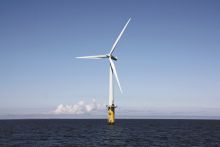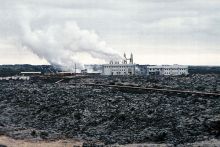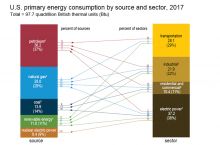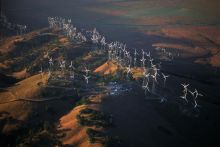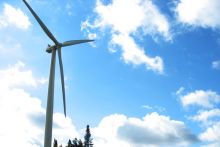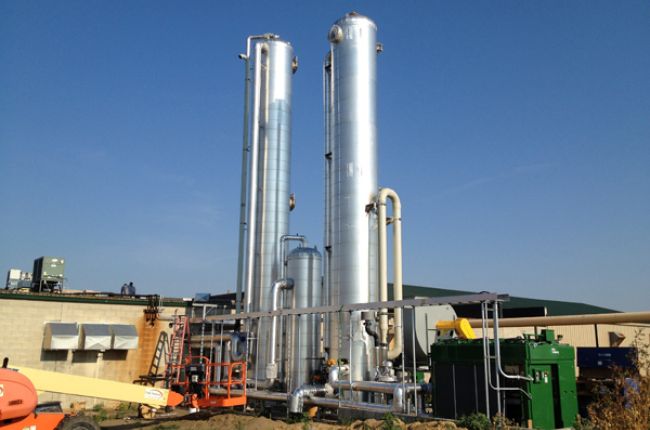
Renewable natural gas (RNG), also known as biomethane, is natural gas produced by the decomposition of organic matter under anaerobic (oxygen-free) conditions.1 The gas is captured and then purified to remove components such as water, carbon dioxide, and hydrogen sulfide.
The major sources of RNG are landfills, animal manure, and solid waste extracted during wastewater treatment.1 The term "renewable" is used to describe this natural gas because it is derived from waste that is continuously produced by present-day activities. These waste sources naturally produce methane as they decompose, so RNG production captures methane that would otherwise escape into the atmosphere..
The National Renewable Energy Laboratory estimates that the United States could generate up to 420 billion cubic feet of renewable natural gas per year from waste sources,2 or around 1.5% of current U.S. natural gas consumption.3
Renewable natural gas can also be generated from a range of plant materials and a range of other processes that are currently being developed.1
References
1 Renewable Natural Gas (Biomethane) Production U.S. Department of Energy
2 Biogas Potential in the United States National Renewable Energy Laboratory
3 U.S. Natural Gas Total Consumption Energy Information Administration
Learn More:
- Renewable Natural Gas (Biomethane) Production (Webpage), U.S. Department of Energy
Webpage summarizing the main sources and uses of renewable natural gas, with links to more information, including case studies.
- Biogas Potential in the United States (Report), National Renewable Energy Laboratory
2013 report on the potential for renewable natural gas production in the United States by geographic area and source.
- Waste to Energy & Biomass in California (Website), California Energy Commission
Website on renewable natural gas production and use in California, including electricity generation from RNG combustion, details on RNG generation methods, and relevant state policies.
- Biogas Opportunities Roadmap 2015 Progress Report (Report), U.S. Department of Agriculture
Collaborative report by the USDA, Department of Energy, and Environmental Protection Agency, on progress in using renewable natural gas in the United States with a view to reducing methane emissions.
- Landfill Methane Outreach Program (Website), Environmental Protection Agency
Website of the EPA's "voluntary assistance program that helps to reduce methane emissions from landfills by encouraging the recovery and beneficial use of landfill gas (LFG) as a renewable energy resource."

